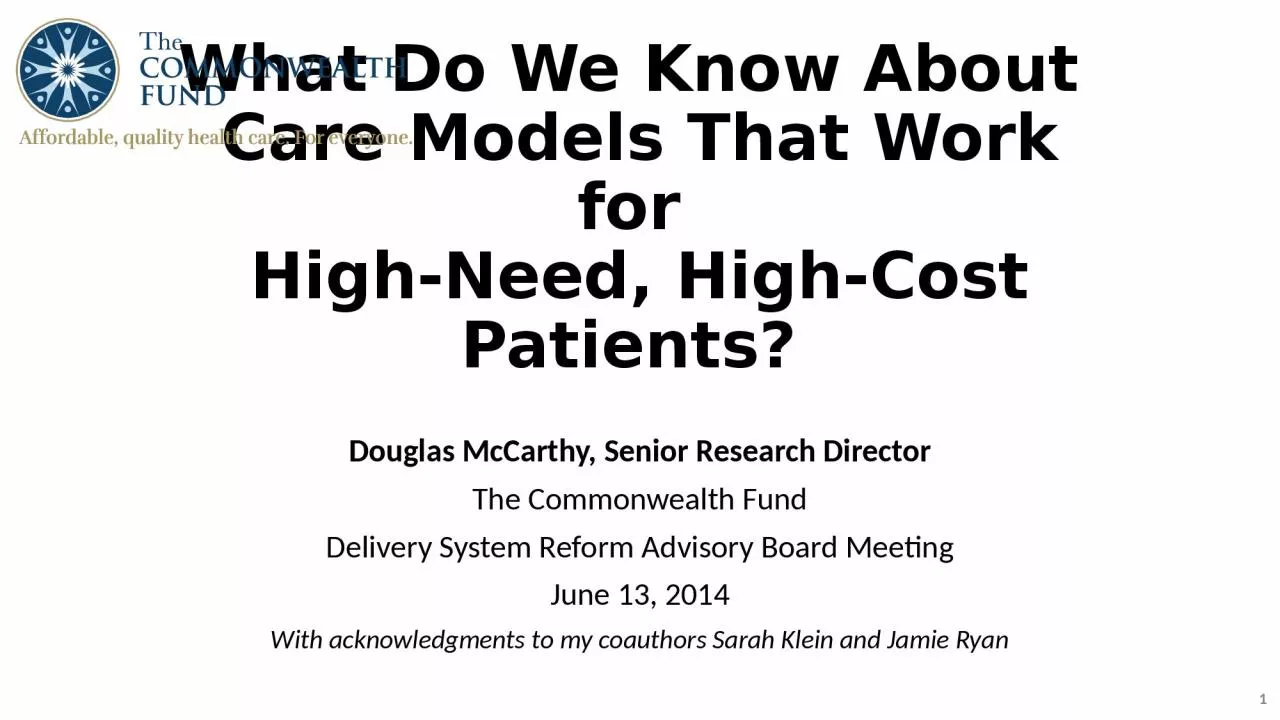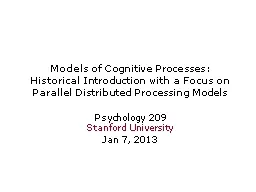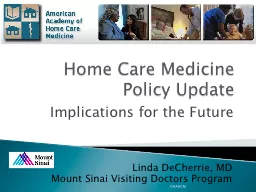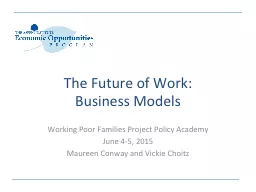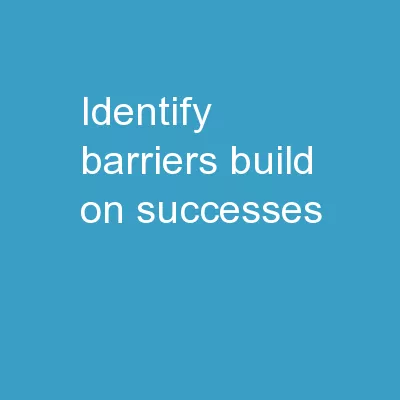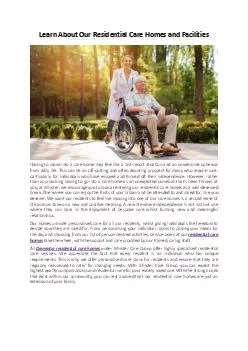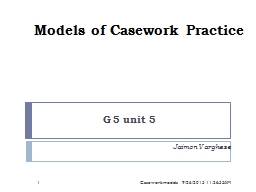PPT-What Do We Know About Care Models That Work for
Author : sophie | Published Date : 2024-01-29
HighNeed HighCost Patients Douglas McCarthy Senior Research Director The Commonwealth Fund Delivery System Reform Advisory Board Meeting June 13 2014 With acknowledgments
Presentation Embed Code
Download Presentation
Download Presentation The PPT/PDF document "What Do We Know About Care Models That ..." is the property of its rightful owner. Permission is granted to download and print the materials on this website for personal, non-commercial use only, and to display it on your personal computer provided you do not modify the materials and that you retain all copyright notices contained in the materials. By downloading content from our website, you accept the terms of this agreement.
What Do We Know About Care Models That Work for: Transcript
Download Rules Of Document
"What Do We Know About Care Models That Work for"The content belongs to its owner. You may download and print it for personal use, without modification, and keep all copyright notices. By downloading, you agree to these terms.
Related Documents

